- The U.S. needs more EV chargers, but it also needs to standardize the way EV drivers access electric fuel.
- EV charging companies should advertise like gas stations do with large highway signs and ubiquitous marketing campaigns.
- For EV adoption to grow, the general public needs to trust they can find electric fuel when they need it.
According to the American Petroleum Institute, the United States has more than 145,000 gas stations with about one million gas pumps — so accessing petroleum fuel is easy. On the flip side, EV infrastructure is nowhere near that level, as the United States has only 32,000 DC fast-chargers as of July 2023.
ADVERTISEMENT
While this number is worth celebrating, public charging infrastructure and EV education remain the top barriers to EV adoption. If EV drivers are expected to use their electric vehicles far from home, accessing electric fuel through more robust charging infrastructure has to become as ubiquitous as gas stations. Without substantial EV infrastructure and standardization, drivers will continue to shy away from electric vehicles.
Are There Enough Charging Stations for Electric Cars?

Now that there are at least 1 million electric vehicles on U.S. roads, DC fast charging stations have gotten busier. In 2023, EV drivers got to use about 1,100 new fast-charging stations, but EV infrastructure still lags behind gas stations, as there is one fast-charging EV station for every 16 gas stations. While there are plenty of stations, the U.S. needs more — especially fast charging stations.
These fast charging stations are getting busy, too. According to Bloomberg, public EV charging utilization rates are rising — quickly. Illinois has the highest average rate of charger use, while Connecticut and Nevada join the Prairie State with fast-charging cords plugged in for at least eight hours per day. Bloomberg also reports that many DC fast-charging stations are actually making money.
Government Support for New Fast-Charging Stations

Because there still aren’t enough EV stations, the Biden administration created the National Electric Vehicle Formula Infrastructure (NEVI) program. This $5 billion federally funded program is working to ensure that the United States has public fast-charging stations every 50 miles along major highways and corridors.
Unfortunately, Fortune is reporting that problems with EV infrastructure continue to exist. The organization reports, “In 2022, nearly 90% of global growth in fast chargers was in China. Europe’s addition of fast chargers grew 55% YoY in 2022. In the U.S., fast charger growth increased 9% in 2022 — the lowest rate “among other major markets.”
ADVERTISEMENT
Charging Deserts Still Exist
While there are technically enough EV charging stations for EV drivers, they aren’t the right kind and they aren’t in enough places, meaning that current EV infrastructure is still rather sparse. For example, I recently visited Memphis, Tennessee, and that major American city had one 350 kW CCS charging port. Memphis does have several Tesla Superchargers, but that doesn’t help non-Tesla EV drivers — yet.
There are still many fast-charging deserts, and EV drivers need access to Level 3 chargers so they can get where they need to go in a reasonable time. The Department of Energy shows the locations of all EV chargers in the United States, and it’s easy to see where charging stations are plentiful and where the deserts exist, and these deserts have nothing to do with the power grid.
Standardizing EV Charging and Consumer Education
It’s easy to complain about the lack of available public EV charging, especially compared to the availability of gas stations. Chargeway Founder and CEO, Matt Teske, put the issues with EV infrastructure in a helpful perspective: “We are seeing the growing pains of a new consumer product in real time. But that product isn’t ‘EV charging,’ but electricity as fuel.”
Teaching the Public to Use Electricity as Fuel

For decades, the driving public has never really had to think about filling up their gas-powered cars. Every driver knows how to pull up to a gas pump and fill up. According to Teske, early EV adopters made the switch from gas to electricity without any public awareness or explanations on how to buy electricity for their vehicles.
Now that the general public wants to drive electric vehicles, accessing electricity needs to be as easy as getting gas. They need to be confident in the product they are buying, trusting it will add value to their lives. People who are leery of buying an EV aren’t distrusting the car; they don’t trust that they can find electricity to fuel it.
ADVERTISEMENT
Electric Fuel Marketing & Standardization
Teske continued, “If we want the public to want to purchase cars that run on electricity, the visibility and messaging need to be as good as or better than gasoline. Large scale marketing campaigns for who is providing the electricity to fill up cars (utilities/networks), much larger are more visible real-world signage for a charging stations location, better signage along highways, etc.”
Now that EV sales have reached the tipping point, it’s time for EV charging stops to show up on highway signs. Teske believes the EV industry is making a big mistake by not marketing charging stations like gas stations.
Why aren’t we seeing Electrify America signs at highway exits? Why do EV chargers still use engineering lingo like J1772 or NACS, when charging companies could standardize plugs — like the fueling industry uses Regular, Mid-Grade, or Premium labels for gas pumps? The experience needs to be universal, and the problem with the electric car industry is that accessing electric fuel isn’t.
The Color-Coded Chargeway System
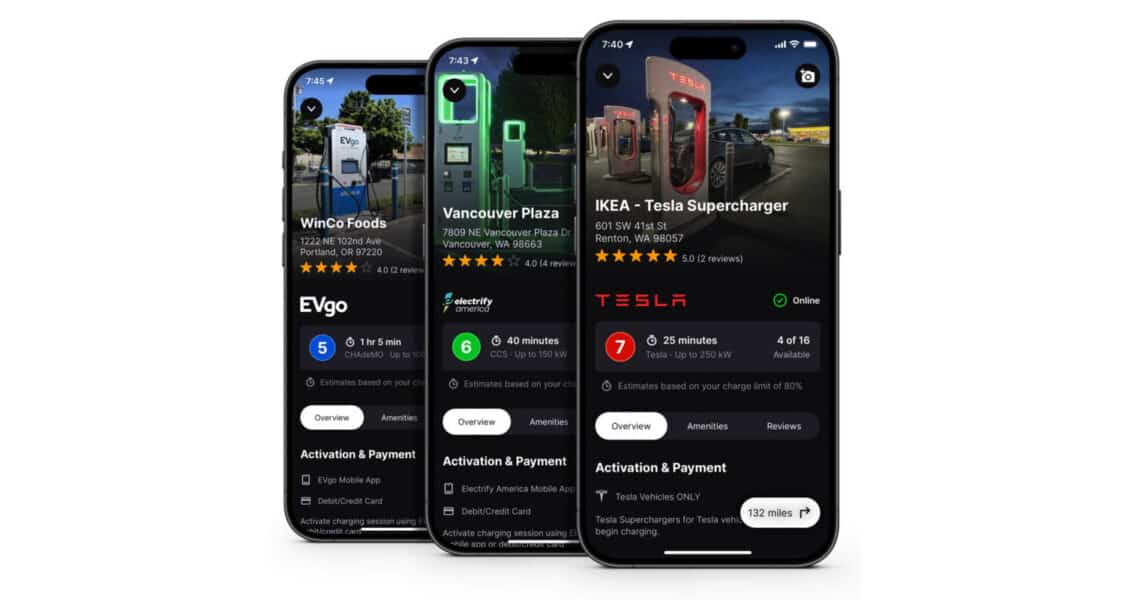
Teske founded the Chargeway app to simplify access to electric fuel. Rather than worrying about J1772, CCS, ChaDeMo, or NACS charging, Chargeway uses three colors: green, blue, or red. The app tells you what color your EV uses, and then you choose your charging station based on speed — rated on a charging speed scale from 1 to 7 (slowest to fastest).
What would make the three-color system better is if the electric fuel providers adopted it. For example, when I make my way toward a Green 7 on my frequent road trips, I still have to determine which charger is the Green 7.
ADVERTISEMENT
If I’m using Electrify America chargers, I look for 350-kW — EA calls them HyperFast. But EA often has 150-kW or UltraFast chargers at the same locations. It would be so helpful to just look for a Green 7 sticker on the fastest 350-kW chargers and a Green 6 sticker on the 150-kW chargers, or to at least have some similar standard that’s easy to see and quick to understand.
Car sales teams could use this color-coded system to teach new EV drivers how to fuel up, just like they need to explain how new drivers take care of EV maintenance and EV repairs. Telling new EV drivers that their new Ford Mustang Mach-E can charge at “Green” stations is as easy as telling someone their new Mercedes-Benz C-Class needs premium fuel.
Sales teams can use a Chargeway Beacon kiosk to show new EV buyers how to use the app and how to find their color-coded stations. It only takes a few minutes to teach someone how to use the Chargeway app to easily find electric fuel.
Standardizing Charging Coming in 2025

Fortunately, accessing electric fuel will soon be standardized. Almost all 2025 electric vehicles sold in North America (United States and Canada) will have a NACS charge port — the engineering lingo for this port is J3400. Unfortunately, this port will only fit into charging stations made by Tesla.
There are thousands of EV charging stations with what will soon be considered “old” charging plugs. Those stations will need to be retrofitted, or EV drivers will need adapters to access the older plugs. So, the color-coding established by Chargeway will continue to be a useful tool, unless the EV industry can create a way to make electricity as a fuel highly visible and easy to understand for the masses.
ADVERTISEMENT

FEATURE IMAGE: LEXUS
FTC: We use income-earning auto affiliate links. Learn more.


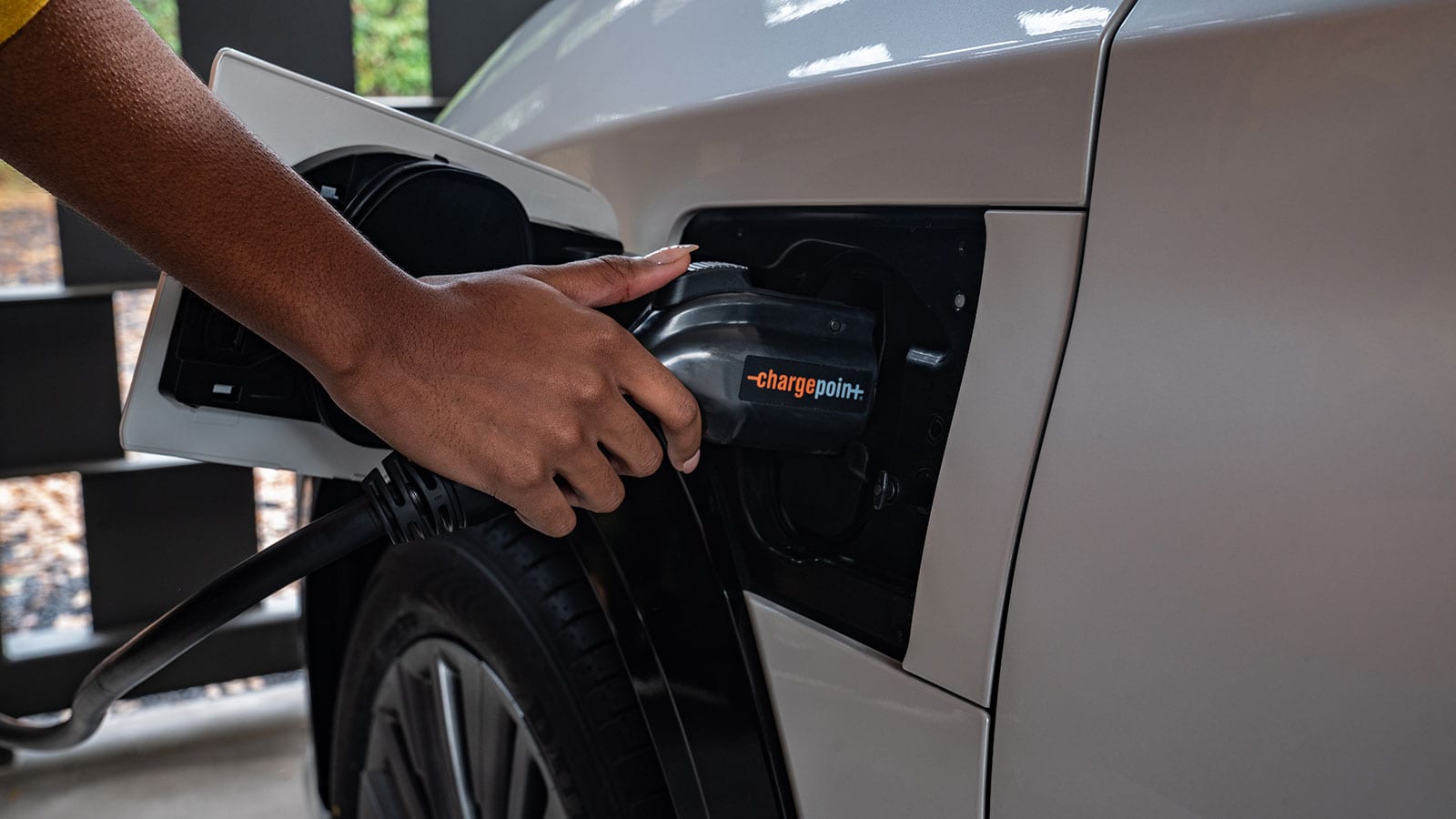
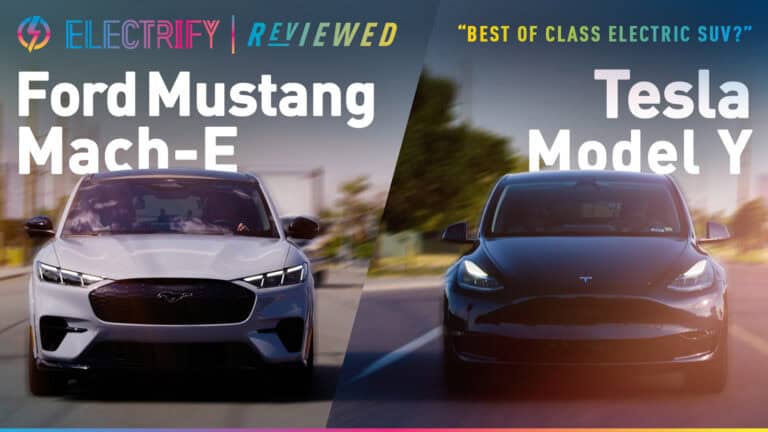
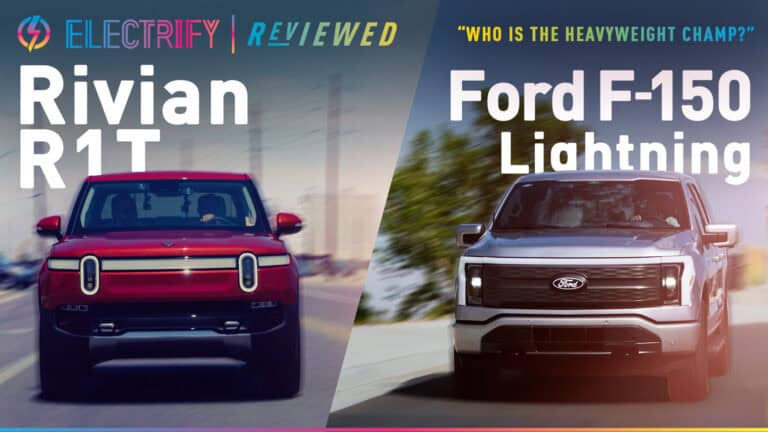
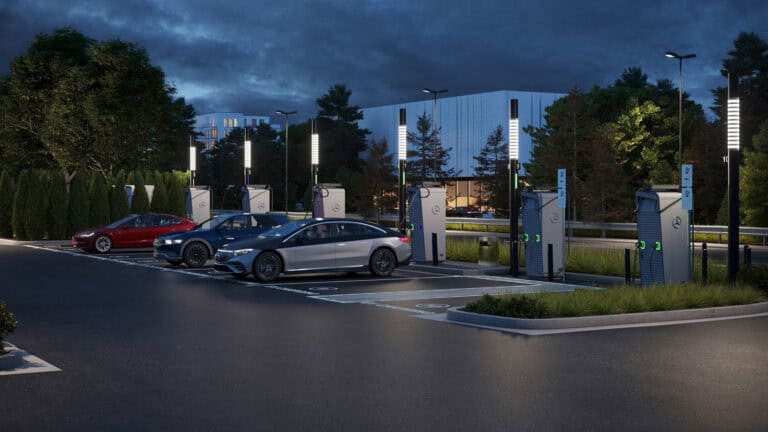
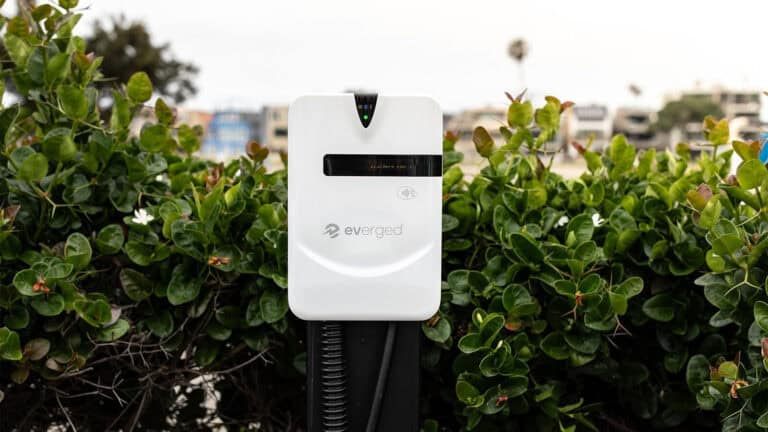

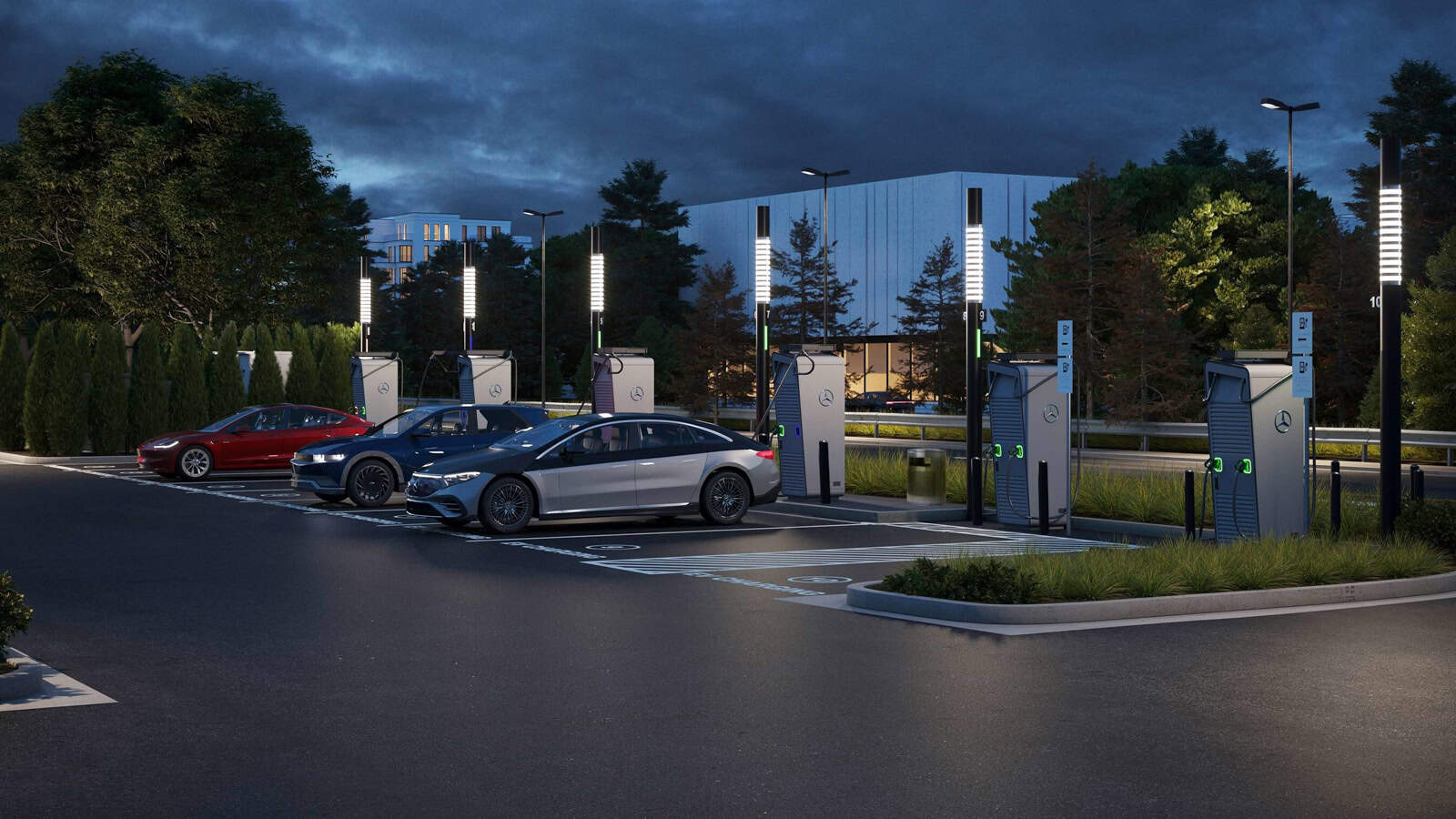



12 Responses
Confusing the world with colors? There are apps already in existence that clearly identify route planning for you. What needs to be addressed is the 97% of the time I will NOT be using DCFast. When I am at work or at home. Level 2 Destination Charging is the answer. Would you take your phone to the corner convenience store near the freeway to charge it? Gotta start thinking about the Ev driver, and their habits. Not their vacation travel.
Agree with other commenter. We are comfortable with octane ratings as numbers, so no need for another number scale for charge speed. We’re used to diesel pumps not fitting gasoline cars so no need for color codes. Same goes for cell phone chargers – we used to USB and its variants along with Apple lightening. The main issue is people without garages can’t charge at home and commuters can’t charge at work. Let’s add these level 2 chargers on streets, at work and at businesses. Make them plug and charge with posted rates.
Right now I have no fewer than seven apps, most of which are network owned and have two or more “affiliated” networks included on their maps. So far I’ve found Chargeway to be the best with its color/number system the best. It’s not perfect (they apparently don’t have agreements with all the majors yet), but I still think its system might work until the government and/or industry get its s__t together.
This article is focused on Level 3 charging, not Level 2, and so the previous commenters aren’t wrong, it’s just a parallel argument for a massive deployment effort. My separate but related issue is to locate chargers in more town and village centers where folks can spend an hour or so (or more than twice as long if Level 2) eating, shopping and otherwise putting money into the local economy. I’m in the rural state of Vermont, have a home charger for my 2023 Bolt EUV, and so even travel within the state is a planning challenge.
I have an adapter that allows me to use a Tesla “destination” charger, but those are sparse and often restricted use.
So the basic common arguments are standardization, deployment and marketing/signage.
Pulling off the highway for gas requires no app, just drive up to whichever highly visible station you like. Even with Tesla, finding the superchargers is an easter egg hunt, often tucked in behind shops and restaurants. The model that works has been there for decades, it’s almost as if the ev charger folks set out to make the experience as frustrating as possible. I have a friend who recently returned their almost new Cadillac Lyric after just one road trip due to poor charging infrastructure. They loved the car, they just couldnt count on it getting them where they wanted to go. This is a serious impediment to greater ev adoption.
Even if more charging stations are added (which they eventually will be), I have no interest is spending an hour or more waiting for my car to charge. This just isn’t going to fly with the majority of the public. As long as this is the case, I’m out.
<>
<<Dear Mr. Green:
Thank you for your reply.
If I may ask a follow-on question: since many restaurants, supermarkets and other non-gasoline businesses now offer EV charging, are you saying that they cannot post an EV-related sub-logo without the statute being amended first? Thank you, in advance, for your consideration.
Tony Begonja
Sent from my iPhone 15 Pro Max
On Dec 4, 2023, at 10:53 AM, Green, Michael wrote:
Good morning Mr. Begonja
Your inquiry regarding EV charging information on Logo Sign Program signs was forwarded to our office for follow up.
The Florida Logo Sign Program follows the requirements of Chapter 479.FS, Rule 14-85, Florida Administrative Code, and the Manual on Uniform Traffic Control Devises (MTCD). The statues, rules and federal guidance on these signs address specific categories of services: Gas, Lodging, Food, Camping and Attractions.
Currently, we are able to add EV logos to existing gas stations that also offer EV Charging Stations. EV Charging stations as an alternative fuel, would only qualify to appear on the boards as part of a qualified gas business’s logo, similar to the ‘diesel’ logo that can be included on some gas business logos. The other service categories do not qualify to include the information on their logos.
Gas business owner’s participating in the Logo Sign Program with EV Charging Stations who would like to pursue changing their logos, can contact Florida Logos, LLC, at (888) 608-0833, to start the process.
I have copied Mr. Andrew Hennosy, the General Manger for Florida Logos, LLC to make him aware of your interest. I hope this information is helpful.
Thank you for your interest in the Florida Logo Sign Program.
Michael Green, CPM, FCCM
Office of Right of Way
Outdoor Advertising Control Office Operations
[State of Florida, Department of Transportation]
605 Suwannee Street, MS 22
Tallahassee, Florida 32399>>
My comment above was regarding this: <>
“ EV charging companies should advertise like gas stations do with large highway signs and ubiquitous marketing campaigns”